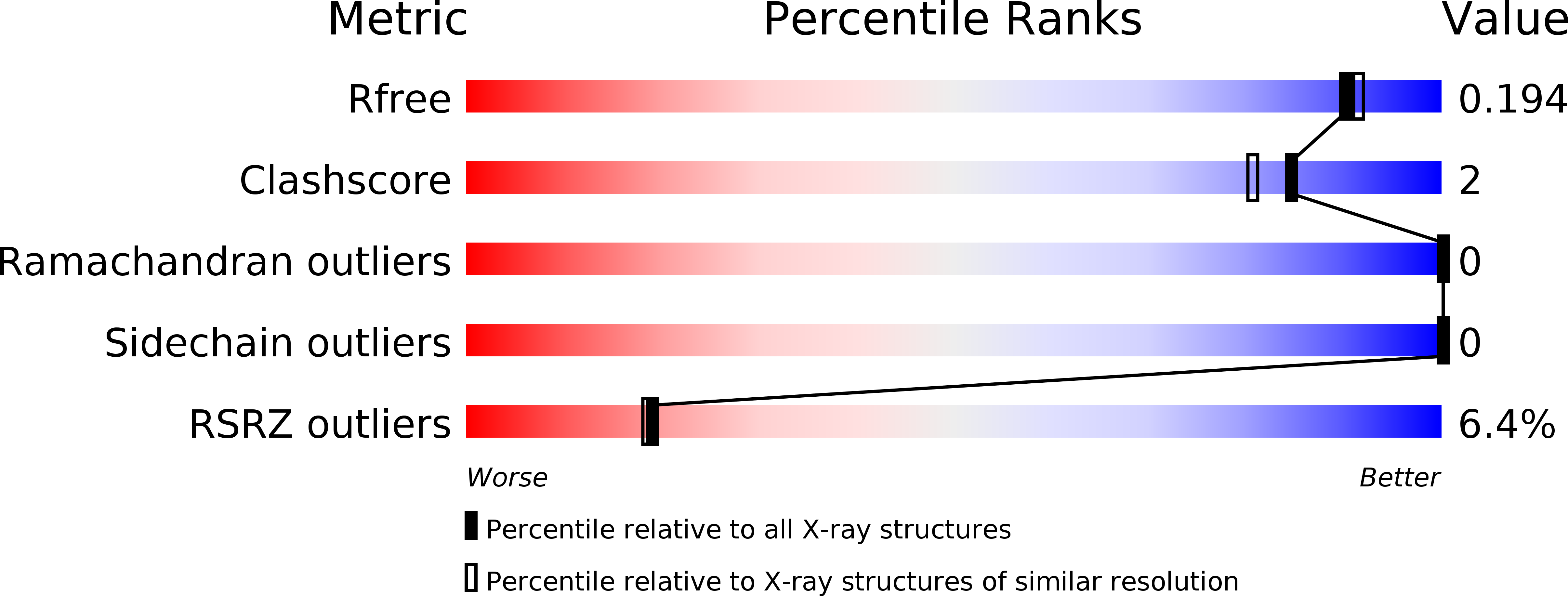
Deposition Date
2017-08-11
Release Date
2018-07-18
Last Version Date
2023-11-22
Entry Detail
PDB ID:
5Y6H
Keywords:
Title:
Crystal structure of YcgR-N domain of YcgR from Escherichia coli
Biological Source:
Source Organism:
Escherichia coli K-12 (Taxon ID: 83333)
Host Organism:
Method Details:
Experimental Method:
Resolution:
1.77 Å
R-Value Free:
0.19
R-Value Work:
0.17
R-Value Observed:
0.17
Space Group:
H 3


